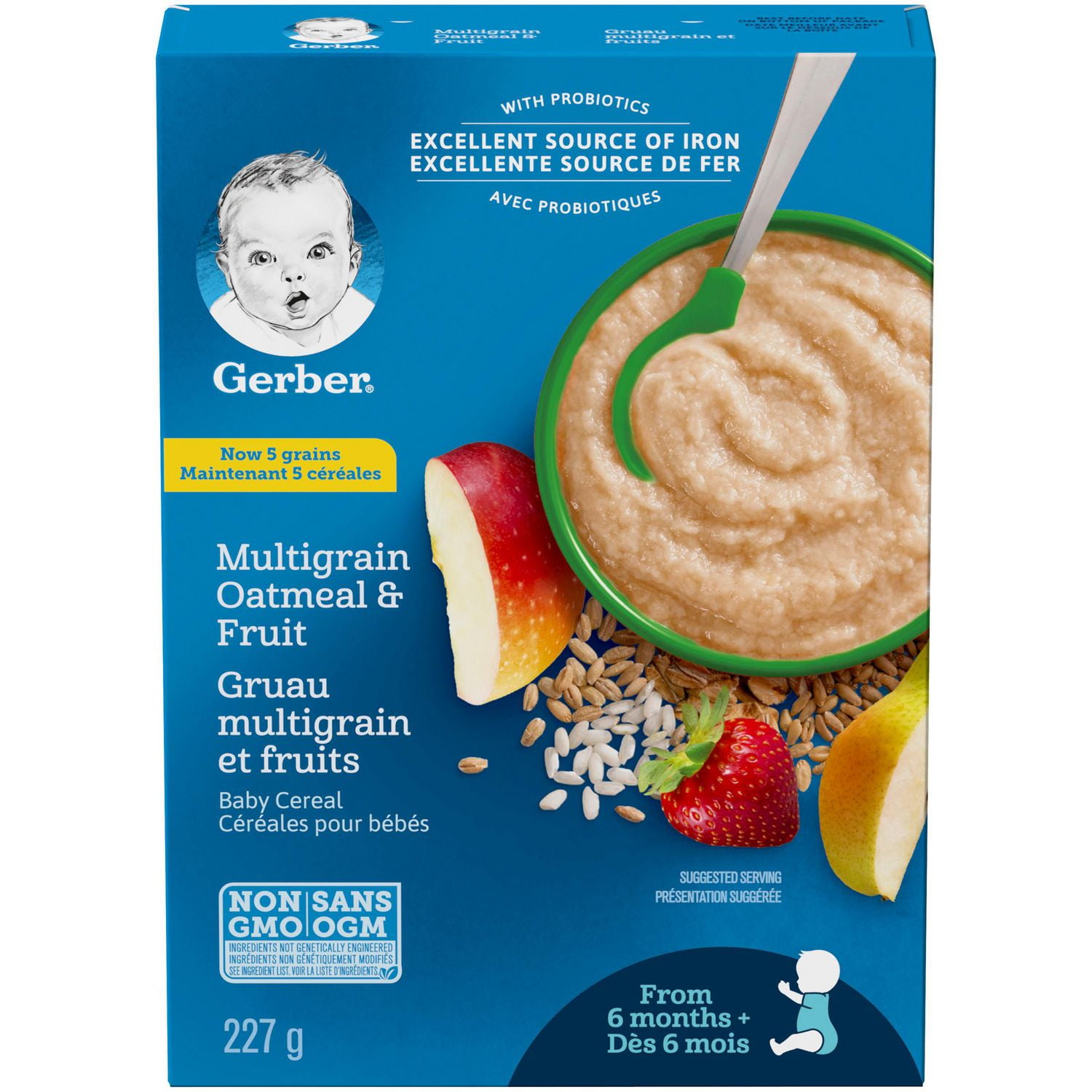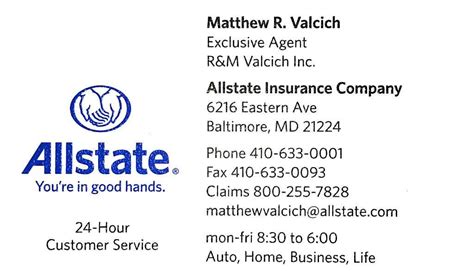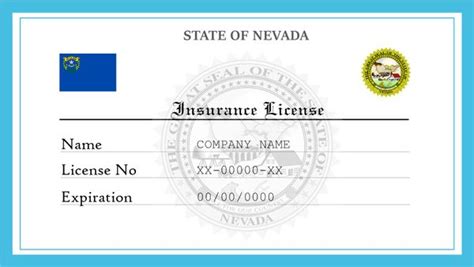Liability Insurance Covers

Liability insurance is an essential aspect of personal and business risk management, offering financial protection against claims arising from accidents, injuries, or damages caused by the insured party. Understanding the coverage provided by liability insurance is crucial for individuals and businesses alike to ensure they have adequate protection and peace of mind.
Understanding Liability Insurance Coverage

Liability insurance serves as a safeguard against potential legal and financial liabilities that can arise from various incidents. It provides coverage for claims made against the insured party, covering the costs associated with legal defense, settlements, and judgments. The primary purpose of liability insurance is to protect the insured from financial losses that may occur due to their actions or inactions.
The scope of liability insurance coverage can vary depending on the type of policy and the specific terms outlined in the insurance contract. It is important to carefully review the policy documents to understand the extent of coverage provided.
Types of Liability Insurance
There are several types of liability insurance policies designed to cater to different needs and circumstances:
- General Liability Insurance: This is a broad form of coverage that protects against common risks faced by businesses and individuals. It covers bodily injury, property damage, personal and advertising injury, and medical expenses.
- Professional Liability Insurance (Errors & Omissions): Tailored for professionals such as consultants, accountants, lawyers, and medical practitioners, this insurance safeguards against claims arising from negligence or errors in their professional services.
- Product Liability Insurance: Essential for manufacturers and distributors, this coverage protects against claims resulting from defective products that cause harm to consumers.
- Employers Liability Insurance: Specifically designed for employers, this insurance covers claims made by employees for work-related injuries or illnesses, providing protection beyond what workers’ compensation covers.
- Public Liability Insurance: Ideal for businesses that interact with the public, this insurance protects against claims made by customers, visitors, or members of the public who suffer injuries or property damage on the insured’s premises.
Key Coverage Elements
Liability insurance policies typically include the following key coverage elements:
- Bodily Injury Coverage: This covers medical expenses, pain and suffering, and other damages resulting from physical injuries caused by the insured party.
- Property Damage Coverage: Provides compensation for damage to or loss of property caused by the insured’s actions or negligence.
- Personal and Advertising Injury Coverage: Protects against claims arising from libel, slander, copyright infringement, or other similar offenses committed in the course of business.
- Medical Payments Coverage: Covers the cost of medical treatment for individuals injured on the insured’s property, regardless of fault.
- Legal Defense Costs: The insurance company may provide legal representation and cover the costs associated with defending the insured against liability claims.
Real-World Examples of Liability Claims

To illustrate the importance and scope of liability insurance, let’s explore a few real-world scenarios:
Scenario 1: Slip and Fall Accident
Imagine a customer slips and falls on a wet floor at a grocery store, sustaining injuries. The customer files a liability claim against the store, seeking compensation for medical expenses, pain and suffering, and lost wages. The store’s general liability insurance policy would cover the costs associated with this claim, including legal fees and any settlement or judgment awarded.
Scenario 2: Professional Negligence
A client hires an accountant to prepare their tax returns. Due to an error in the accountant’s work, the client faces significant penalties and interest charges from the tax authorities. The client sues the accountant for professional negligence. In this case, the accountant’s professional liability insurance would provide coverage for the legal defense and any damages awarded to the client.
Scenario 3: Product Liability
A manufacturing company produces faulty child car seats, leading to multiple injuries in car accidents. Parents of the injured children file product liability claims against the manufacturer. The company’s product liability insurance would cover the costs associated with these claims, including medical expenses, pain and suffering, and legal fees.
Limitations and Exclusions
While liability insurance provides valuable coverage, it is important to be aware of certain limitations and exclusions that may apply:
Common Exclusions
- Intentional Acts: Liability insurance typically excludes coverage for damages arising from intentional acts or criminal behavior committed by the insured.
- Contractual Liability: Claims arising from breaches of contract are often excluded from liability insurance coverage.
- Pollution: Pollution-related incidents are commonly excluded, especially in general liability policies.
- Employee Injuries: Workers’ compensation insurance, rather than liability insurance, is the primary coverage for employee injuries sustained on the job.
Policy Limits
Liability insurance policies typically have set limits on the amount of coverage provided. These limits dictate the maximum amount the insurance company will pay out for a single claim or multiple claims during the policy period. It is crucial to select policy limits that align with the potential risks and liabilities associated with your specific situation.
Performance Analysis and Case Studies
Analyzing real-world performance and case studies can provide valuable insights into the effectiveness of liability insurance coverage. Here are a few notable examples:
Case Study 1: Restaurant Fire
A restaurant experiences a devastating fire, causing significant property damage and injuries to several customers. The restaurant’s general liability insurance policy, including property damage and bodily injury coverage, covered the costs of repairing the premises and compensating the injured customers. This case highlights the importance of comprehensive liability coverage for businesses.
Case Study 2: Cyber Liability
In an era of increasing cyber threats, a small business falls victim to a data breach, resulting in financial losses and legal claims from affected customers. The business’s cyber liability insurance policy, which is an extension of their general liability coverage, provided the necessary funds to mitigate the financial impact and cover the legal costs associated with the breach.
Case Study 3: Medical Malpractice
A medical practitioner is sued for medical malpractice, alleging negligence in the treatment of a patient. The practitioner’s professional liability insurance policy steps in to provide legal defense and covers any damages awarded to the patient. This case underscores the critical role of professional liability insurance for healthcare providers.
Future Implications and Trends

The landscape of liability insurance is continuously evolving, influenced by changing risk factors and emerging trends. Here are a few key considerations for the future:
Emerging Risks
- Cyber Liability: With the increasing reliance on technology, cyber risks are becoming a significant concern for businesses. Cyber liability insurance is gaining prominence to protect against data breaches, ransomware attacks, and other cyber-related incidents.
- Environmental Liability: As environmental awareness grows, liability insurance policies are expanding to cover environmental risks, such as pollution cleanup and remediation costs.
- Product Recalls: In the event of a product recall due to safety concerns, liability insurance can provide coverage for the associated costs, including legal fees, product replacement, and public relations expenses.
Advancements in Technology
The insurance industry is leveraging technology to enhance liability coverage and risk assessment. Advanced analytics, artificial intelligence, and machine learning are being utilized to better understand and manage risks, leading to more tailored and efficient liability insurance solutions.
Regulatory Changes
Changing regulations and legal frameworks can impact the scope and requirements of liability insurance. It is crucial for policyholders to stay informed about any updates and adjustments to ensure their coverage remains compliant and effective.
Collaborative Risk Management
Liability insurance providers are increasingly partnering with businesses to implement comprehensive risk management strategies. This collaborative approach involves identifying potential risks, implementing preventive measures, and utilizing insurance as a critical component of an overall risk management plan.
What is the difference between liability insurance and other types of insurance, such as property insurance?
+Liability insurance and property insurance serve different purposes. Liability insurance protects against claims made by third parties for bodily injury or property damage caused by the insured, while property insurance covers the insured’s own property against damage or loss. Property insurance primarily provides financial protection for the insured’s assets, whereas liability insurance focuses on protecting against legal and financial liabilities arising from claims made by others.
Can liability insurance cover punitive damages awarded in court?
+Punitive damages, which are designed to punish the wrongdoer and deter similar behavior, are often excluded from standard liability insurance policies. However, some insurance companies offer endorsements or specialized policies that may provide coverage for punitive damages. It is important to carefully review the policy terms and consult with an insurance professional to understand the specific coverage available.
How often should I review and update my liability insurance coverage?
+It is recommended to review your liability insurance coverage annually or whenever there are significant changes in your personal or business circumstances. Factors such as business expansion, new products or services, increased exposure to risks, or changes in regulations may necessitate an update to your liability insurance coverage. Regular reviews ensure that your policy remains adequate and aligned with your evolving needs.


